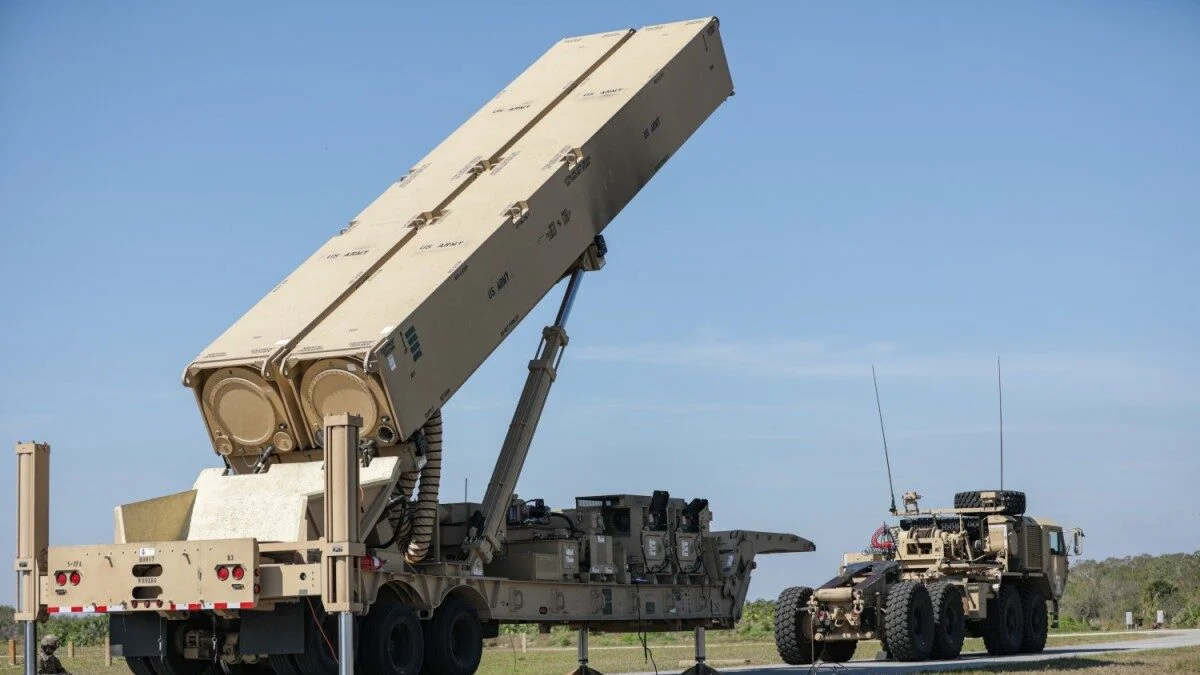Luego de algunas fallas en los recientes test de lanzamiento de misiles hipersónicos, desde las plataformas terrestres móviles del US Army, esa fuerza ha resuelto revisar su programa integral de ensayos. El desarrollo del Long Range Hypersonic Weapon (LRHW), un misil que vuela a Mach 5 y con un alcance de 2.700km lleva algunos años y estaba prevista su evaluación operativa en 2024, lo que ha tenido que reprogramarse. “Se trata sólo de un problema de ingeniería mecánica en el lanzador, que deberá ser resuelto. Es un problema del lanzador y no del misil” expresó Doug Bush, el responsable de adquisiciones del US Army.
REAGAN NATIONAL DEFENSE FORUM — A “mechanical engineering problem” with the US Army’s hypersonic weapon launcher is to blame for the recent test failures, a senior official told Breaking Defense, but now there is a new plan in place to correct it and potentially get the new weapon to soldiers within six months.
The Army and Navy have been working in tandem on Long-Range Hypersonic Weapon (LRHW) development, which the ground service dubs Dark Eagle. Over the past several years, the Army experienced a series of pre-launch test failures causing them to postpone fielding from the end of September to the end of the calendar year. But that latter goal went out the window following another scrubbed test in late-October.
“It’s definitely a launcher problem,” Doug Bush, the head of Army acquisition, told Breaking Defense in an interview at the Reagan National Defense Forum in Simi Valley, Calif., on Dec. 2.
“There’s no new science, it’s just a mechanical engineering problem to make sure … that missile works with that launcher … because both were new and normally you don’t do it that way,” he later added.
Dark Eagle uses a land-based truck system to fire rounds capable of traveling “well over” 3,800 miles per hour — five times the speed of sound, the common definition of “hypersonic” — towards targets within a 1,725-mile range, according to a Congressional Research Services report. The Navy program uses the same Common Hypersonic Glide Body missile but with a different launcher suited for the open waters and vessels like the Zumwalt-class surface combatant.
That the Army’s issue is with the launcher would appear to be good news for the Navy, as the Pentagon’s Under Secretary of Defense for Research and Engineering Heidi Shyu told reporters that the Navy’s program is not further hindered right now.
However, Bush said his sister service is involved with figuring out the way ahead with joint program leaders meeting late last month with officials from Lockheed Martin, the weapon systems integrator, to craft a revised test plan. Lockheed representatives did not immediately respond to an off-hours request this morning.
That new plan, he said, is to decouple launcher and missile testing so delays with one won’t slow down the other. It will also focus on smaller scale, subcomponent testing in order to “build confidence over time” and ensure that the Army has fixed its launcher problem. In tandem, the Army and Navy have tentative plans for concurrent missile testing.
“We still need to do a completely successful end-to-end shot with the missile, to build confidence in that too,” Bush explained. “So rather than do it sequentially, I think we’re leaning towards a revised testing campaign … so we can maintain closer to schedule, so we don’t get too delayed.”
While he didn’t provide a firm aspirational fielding date for the Army weapon, he said by April or May the service may be ready to attempt another full-up test and a successful one could lead to declaring the weapon operational.
Soldiers within the 1st Multi-Domain Task Force long-range fires battalion, 5th Battalion, 3rd Field Artillery Regiment at Joint Base Lewis-McChord in Washington have already received system components and training in anticipation of becoming that first operational unit.
Fuente: https://breakingdefense.com


